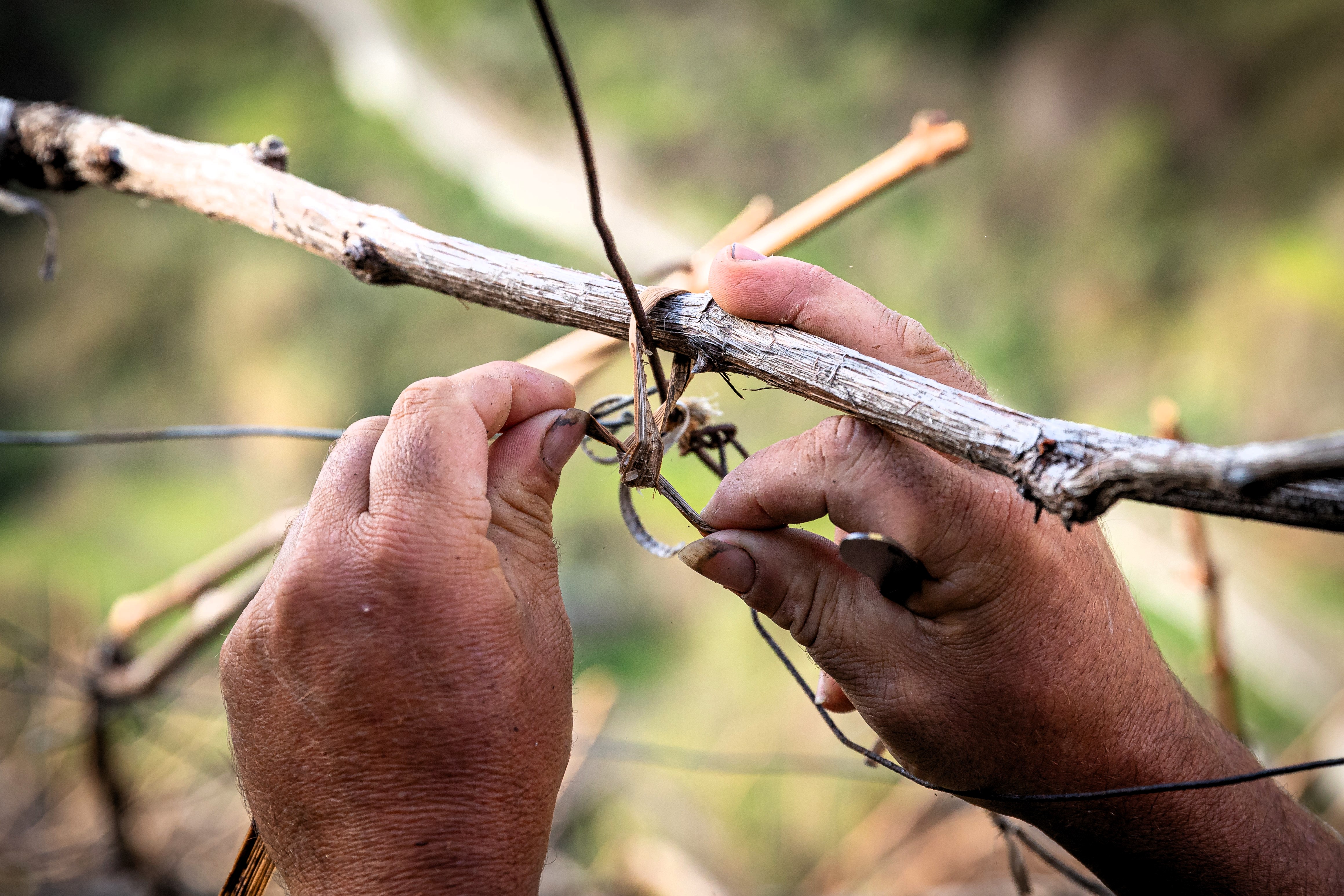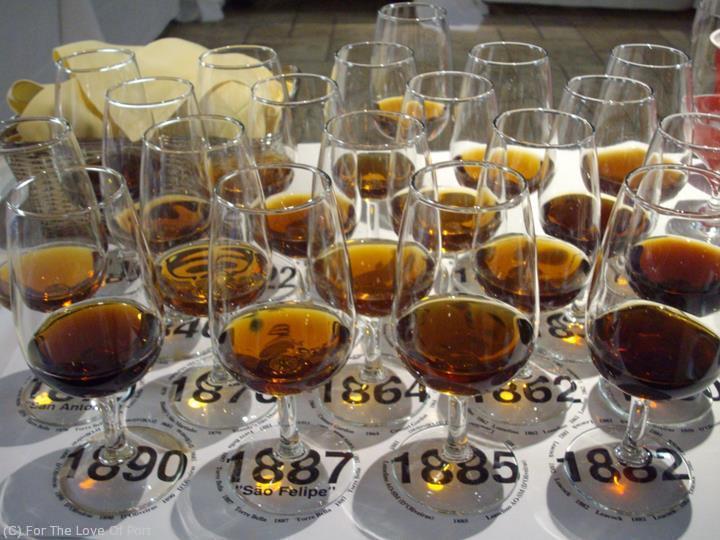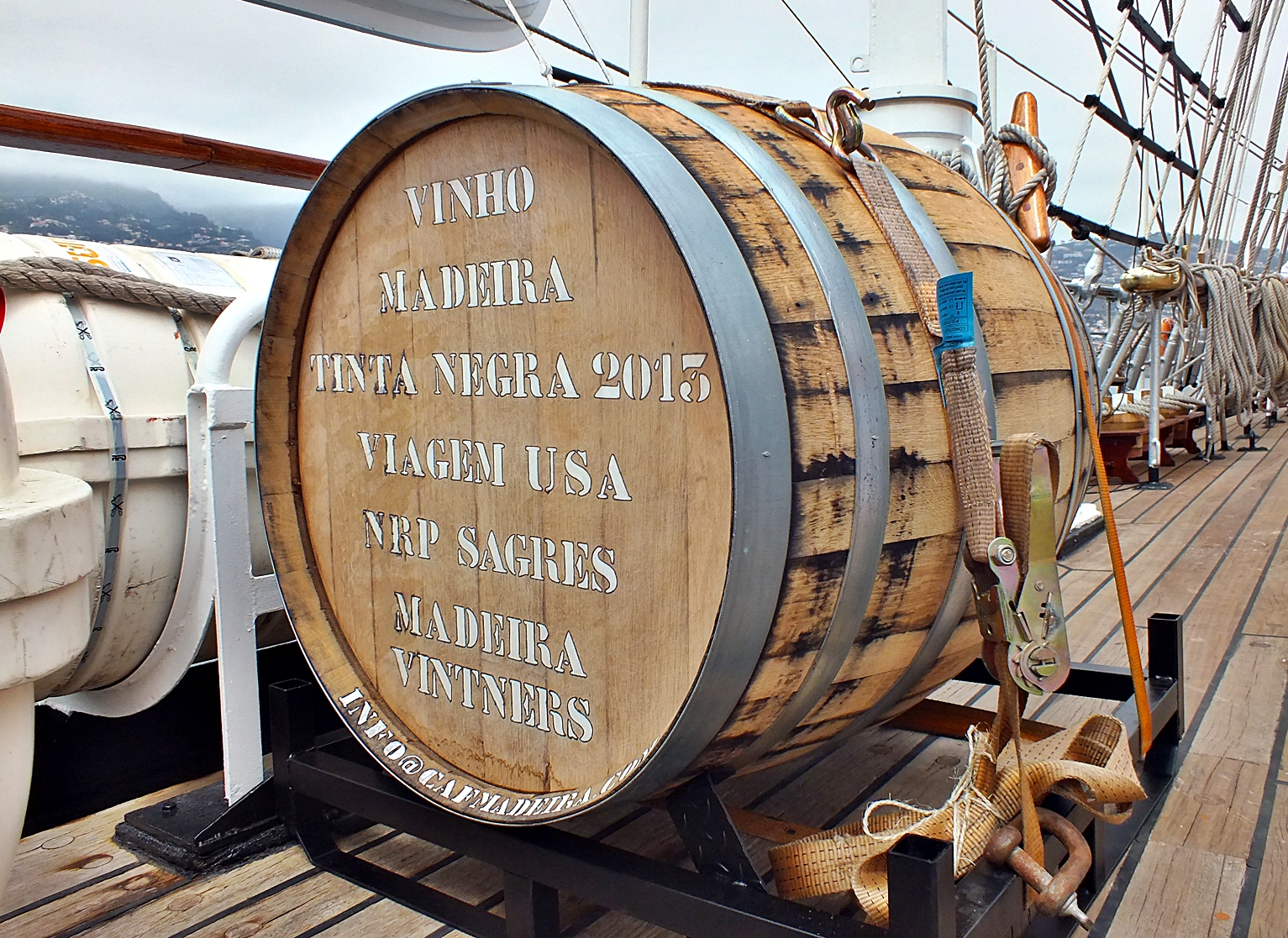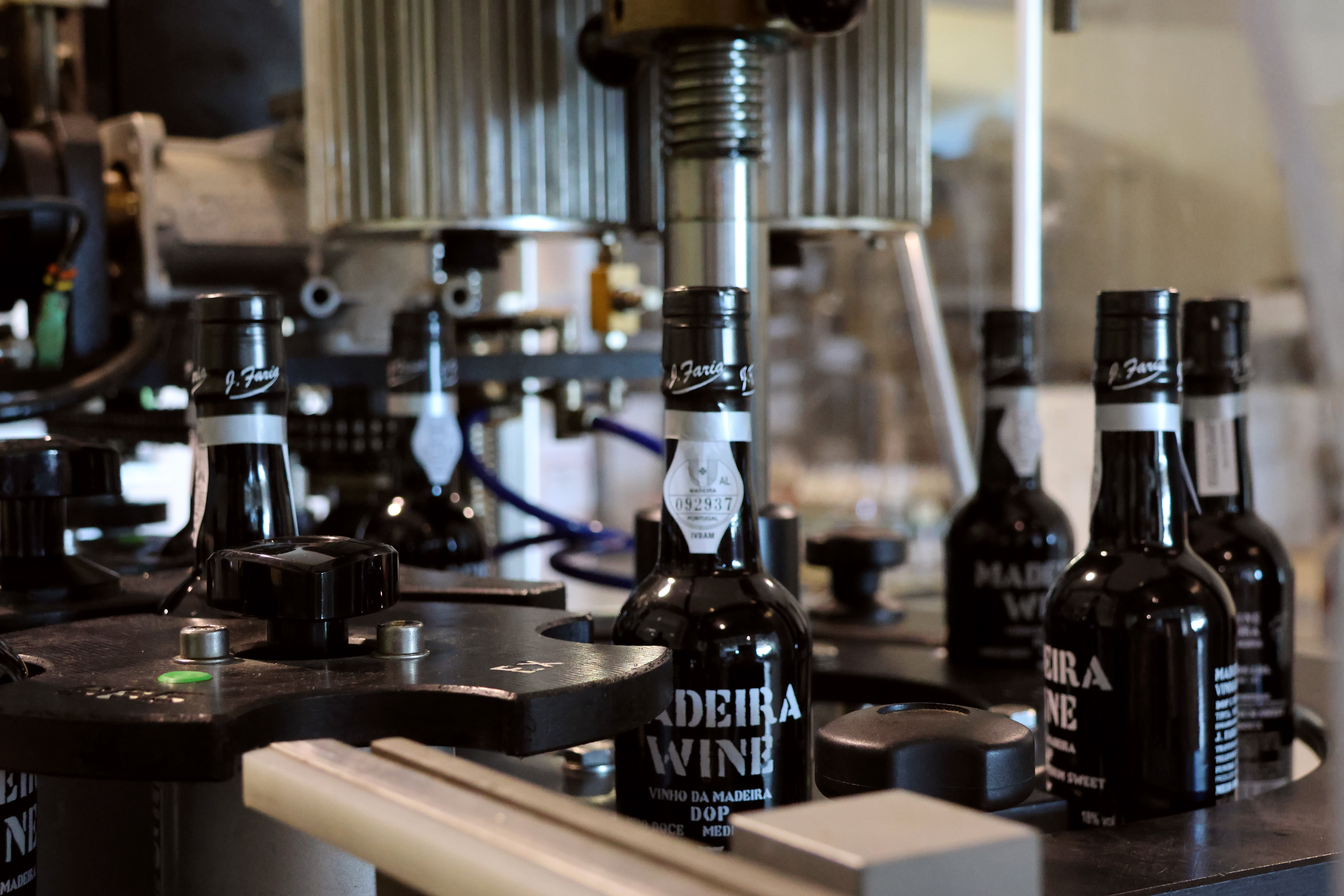The traditions of Madeira Wine, as a whole, embody a living, cross-cultural heritage that is both global and local ("glocal"), transcending political boundaries. However, it is deeply rooted in the territory where it is produced.

Due to the archipelago's winemaking vocation over several centuries, there are few tangible and intangible legacies that are not related to Madeira Wine, making it a central element of the collective identity of Madeirans and their diaspora. It is also the most identifiable cultural legacy abroad, appreciated for centuries in countries in Europe, America, Africa, Oceania and Asia, both as a drink and a culinary ingredient. Madeira wine embodies a living, cross-cultural heritage that is both global and local ("glocal"), transcending political boundaries. However, it is deeply rooted in the territory where it is produced.
The intangible dimension of this heritage lies not only in the vast know-how that makes it unique, but also in a age-old degustation code and storytelling, refined over generation. The know-how related to the production of Madeira Wine is in the hands of a small group of individuals strongly linked to a "nano terroir" with just over 400 hectares of extension. As for degustation code, it is shared by a wide range of aficionados, dispersed across all continents.

Storytelling gives all involved the feeling of belonging to the same heritage community, despite the ocean that separates them. It is a unifying way of explaining Madeira Wine, which places its origin not on land, but at sea.
The narrative is built around a fortunate discovery during several boat trips in the tropics, where the beneficial effect of heating on wine was found. Heat, once considered a humoral element by the ancients, is elevated to a core principle of the ageing process that makes Madeira Wine unique. It serves as a common thread between the legendary "vinho de roda", grade zero of this tradition, and current production methods. This creationist narrative, perfected over several generations, gives everyone a sense of identity and continuity. A very complex topic is thus explained in a few words, which can be understood by anyone, and also has the advantage of being inclusive.

By choosing the hold of a boat as its origin rather than the terroir, as is customary, this storytelling transcends isolationist cultural views rooted in the nationalism, and creates an original explanation that embraces the global dimension of this heritage. This narrative also helps to rationalize the fact that viticulture techniques have constantly evolved since the moment of their "invention" some 250 years ago. This is because what really makes his know-how unique, therefore, is not the methods employed per se, but the eminently pragmatic way in which the bearers have managed to maintain a subtle balance between traditio and novum in the long term.
However, it is still a heritage wine, in the sense that it is defined, from a legal point of view, as the result of cultural and manufacturing practices that remain faithful to tradition. Tradition is understood as how it is idealized by the bearers today, specifically through the storytelling described above.
